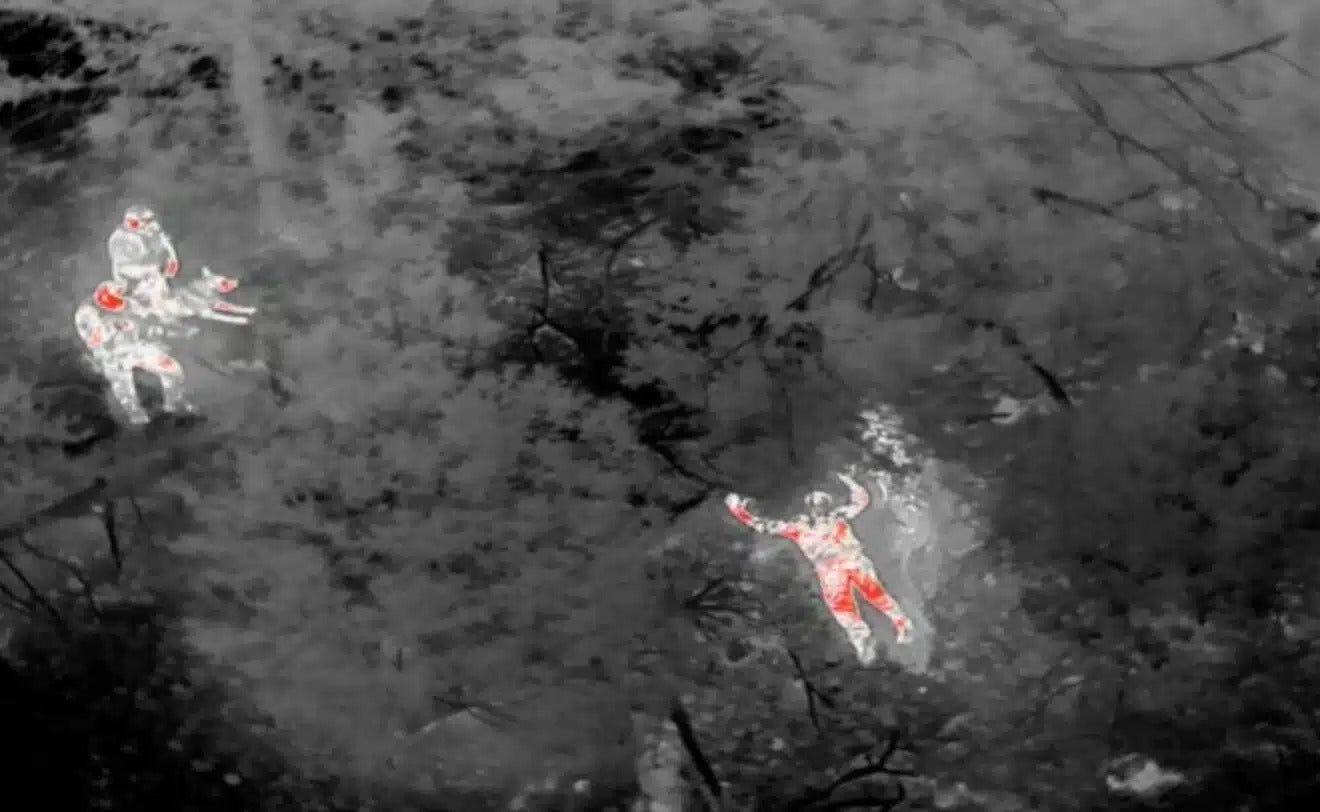In industrial settings, LWIR thermal imaging plays a critical role in predictive maintenance strategies. By identifying abnormal heat signatures—often caused by equipment overload or impending failures—thermal imaging greatly enhances operational efficiency and workplace safety.
With its powerful, versatile, and forward-looking capabilities, LWIR thermal imaging technology has found widespread adoption across various industries. By delivering clear visuals of thermal anomalies, it enables early detection of potential issues, helping organizations optimize performance, improve safety, and reduce operational costs.
What Does LWIR Thermal Imaging Camera Detect?
-
Heat Emitted by Objects
Every object above absolute zero (-273.15°C) emits infrared radiation. LWIR cameras detect this radiation and visualize temperature differences, even if they're subtle. -
Human and Animal Body Heat
Useful for search & rescue, security, and wildlife monitoring. LWIR can detect warm bodies in darkness, fog, smoke, or under light cover like foliage or thin materials. -
Mechanical and Electrical Hotspots
-
Overheating motors, bearings, or pumps
-
Loose or overloaded electrical connections
-
Failing circuit components
Ideal for predictive maintenance.
-
-
Thermal Patterns in Buildings
-
Heat loss or insulation failure
-
Hidden moisture or water damage
-
Underfloor heating system checks
-
-
Fire and Smoldering Hotspots
Detects heat buildup before visible flames, helping firefighters and safety personnel take early action. -
Process Monitoring
In manufacturing, it detects abnormal thermal variations in materials, surfaces, or processes to ensure quality and safety.
Key Advantages of LWIR Thermal Imaging Detection
✅ Does not require visible light — works in total darkness
✅Penetrates smoke, dust, and fog better than visible or near-IR sensors
✅Non-contact and non-destructive, safe from a distance
✅Real-time feedback, enabling fast decision-making
Choosing the Best LWIR Thermal Camera or Thermal Imager
Resolution: Thermal cameras with higher resolutions provide clearer, more detailed thermal images. High-resolution cameras can detect small temperature differences, making them ideal for tasks that require high-precision measurements.
Sensitivity: The sensitivity of a thermal camera refers to its ability to detect small temperature differences. If you need to capture subtle thermal changes, choose a camera with high thermal sensitivity.
Field of View (FOV): The FOV determines the area a thermal camera can capture at any given time. A wide FOV is good for quickly scanning large areas, while a narrow FOV is better for focusing on small, specific areas.
Features: Consider what additional features might be useful, such as the ability to record video, capture multiple images simultaneously, or connect to other devices for data sharing.

